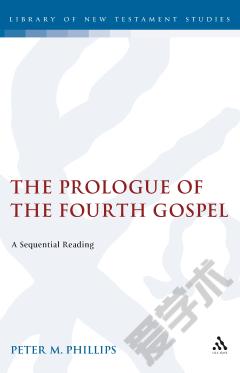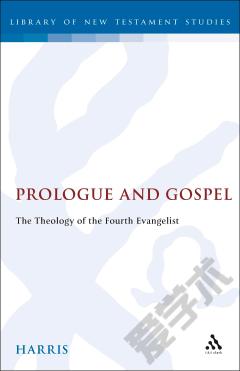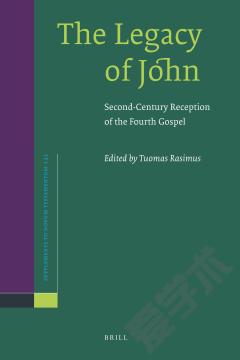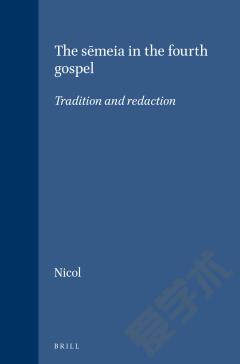The Prologue of the Fourth Gospel —— A Sequential Reading
----- 第四福音的序言
Chapter One: Introduction 1.1 Introductory Comments 1.2 Thresholds, Temples and Pompeii 1.3 The Beginning as Threshold 1.4 The Reader at the Threshold. 1.5 The Author at the Threshold 1.6 Genette, Paratextuality and the Prologue 1.7 Malbon's Three Functions of Gospel Beginnings 1.7.1 The Interactional Function 1.7.2 The Intertextual Function 1.7.3 The Intratextual Function 1.8 Thresholds and Welcome Chapter Two: John's Prologue and Literary Theory 2.1 Introductory Comments 2.1.1 John's Prologue and Literary Theory 2.1.2 John's Prologue and 'Rhetoric' 2.1.3 John's Prologue and Sociolinguistics 2.1.4 One Methodology: Three Languages - Sequential Disclosure 2.2 John's Prologue and Literary Theory 2.2.1 Anatomy of the Fourth Gospel 2.2.2 The Print's First Kiss 2.2.3 Excursus on Paragrammatic Reading 2.2.4 Back to The Print's First Kiss 2.3 The Role of the Reader and the Act of Reading 2.3.1 Wolfgang Iser's Phenomenological Approach to Reading 2.3.2 Sequential Disclosure and Sequential Reading 2.3.3 Sequential Disclosure in Catherine Emmott's Narrative Comprehension 2.3.4 Sequential Disclosure in Eco's Theory of 'Interpretative Cooperation 2.3.5 From Theory to Practice? 2.4.1 Stephen Moore on Sustained Interpretations 2.4.2 Sternberg on David and Bathsheba 2.5 The Role of Ambiguity in Sequential Disclosure 2.6 Who, then, is the Reader? 2.7 Sequential Reading and Educating Readers 2.8 Conclusion Conclusion Bibliography Appendix A: Logos: Some Quotations from Classical Texts.
{{comment.content}}








 京公网安备 11010802027623号
京公网安备 11010802027623号